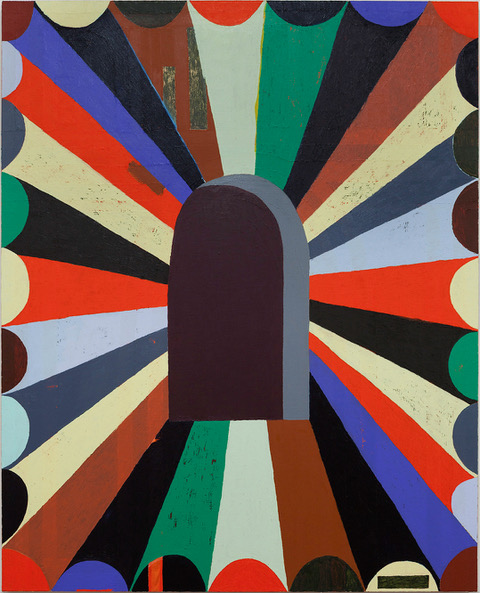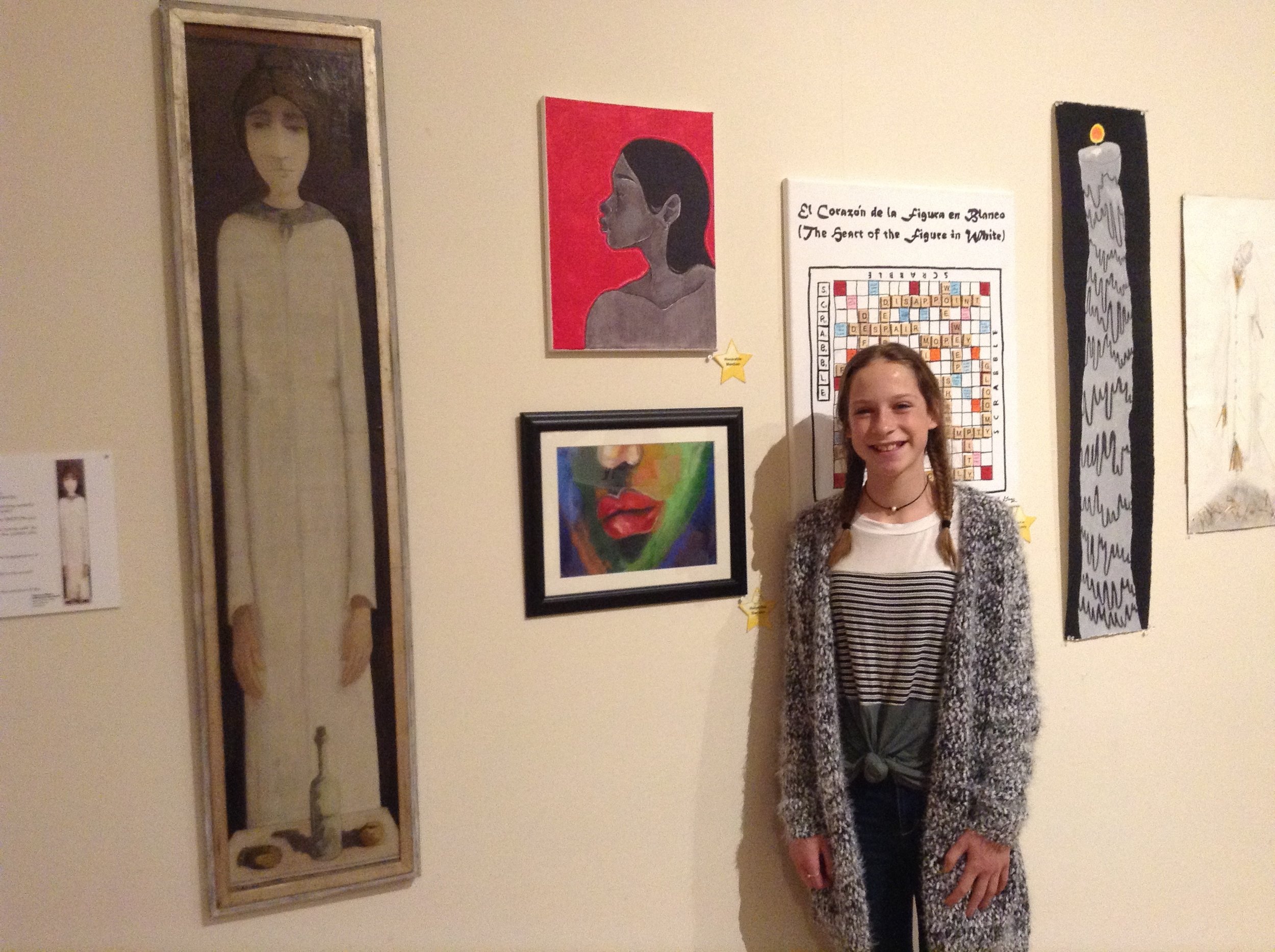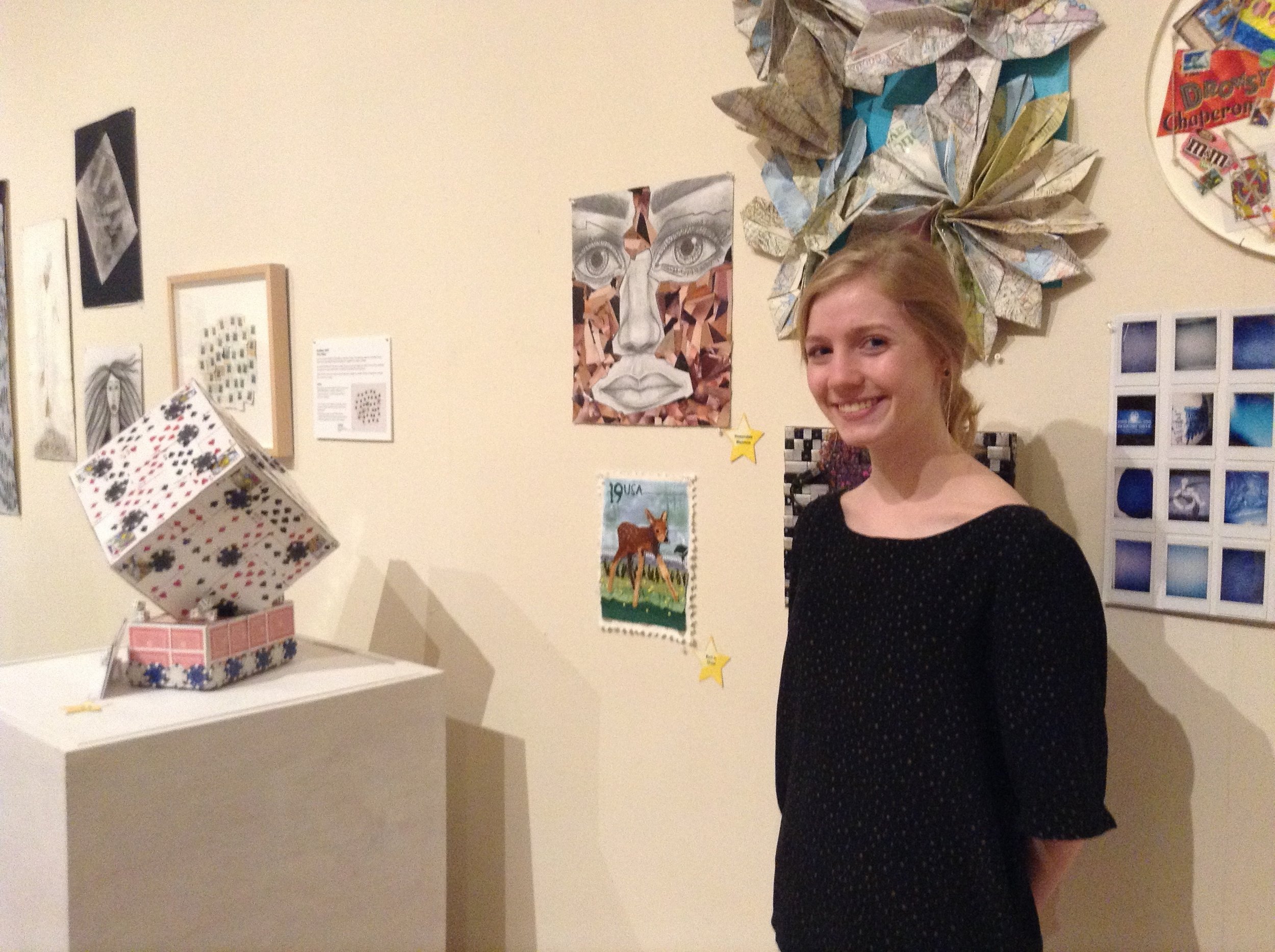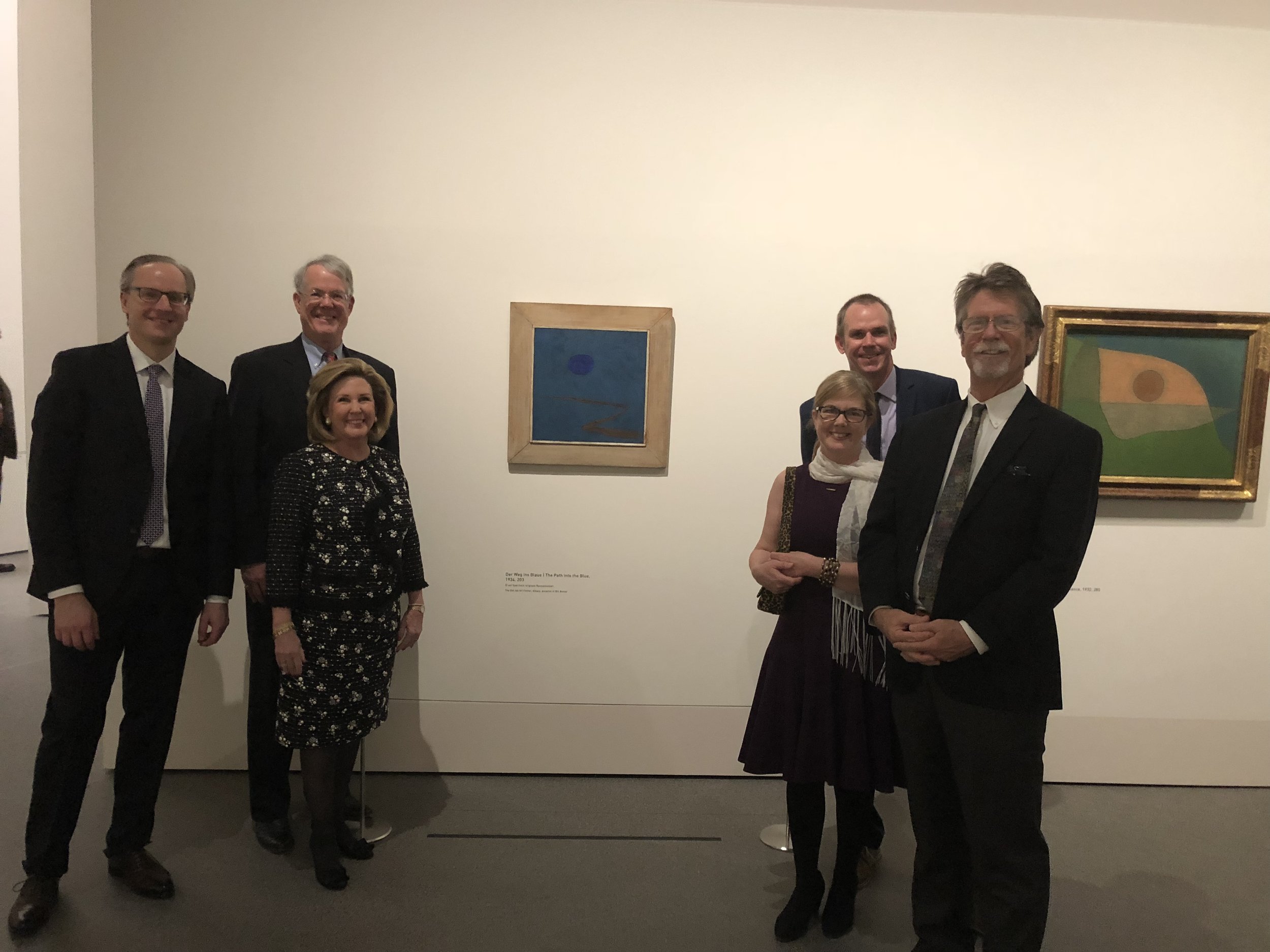March is Women’s History Month!
To celebrate, I thought I would share one of my favorite female figures from our local Texas History.
Sallie Reynolds Matthews was a woman who documented her experiences on the early Texas frontier. In her book, Interwoven, Matthews shares an intimate account of her life that spans from her childhood to raising a family of her own.
This autobiography is so fascinating to me on two counts. First, Matthews shares her personal views on controversial subjects during the latter part of the 1800s, including slavery and the treatment of Native Americans. In a time where women were heralded for their domesticity rather than their intellect, her views show a depth of intelligence and empathy. (They certainly negate the more popular attitudes of the day.) Her writing reflects independent, ‘modern thinking’ by a woman who lived a somewhat isolated life on the West Texas prairie.
Second, Matthews shares experiences that many of us would find traumatic and harrowing, demonstrating an unwavering resilience (that appeared to be a common trait in many frontier settlers.) In her account, she accurately documents a life full of trauma, trials and hard work, while also finding pleasure in the world around her.
Through my research of Texas history I can testify that women are often excluded from the narrative of the settlement history of our communities, but Matthews has ensured the opposite for our region. Her writing describes the skill, determination, and influence demonstrated by these women, and the role they played in the development of civilized societies. She asserts that women played an essential role in creating the foundations for the towns in which we now live.
To learn more, purchase your own copy of Interwoven from our online Gift-shop! (find link below).
I also recommend that you explore our Robert Nail, Jr. Archives here at the OJAC to learn about the Reynolds and the Matthews families as well as the other founders of our region.
Jewellee Kuenstler, THC&P Coordinator





































































































